Idaho is famous for its stunning mountain views, wild rivers, and wide open spaces that attract adventure seekers from all over the country. But there’s a growing problem that keeps landing curious tourists in hot water with local law enforcement.
Every year, visitors get arrested for trespassing on active railroad bridges, drawn by the promise of a perfect photo or a thrilling shortcut across a scenic gorge. What seems like a harmless adventure can quickly turn dangerous, both legally and physically.
Authorities continue to warn that these bridges are not only private property but also pose serious safety risks due to unpredictable train schedules and unstable footing.
1. Social Media Photo Opportunities Drive Risky Behavior
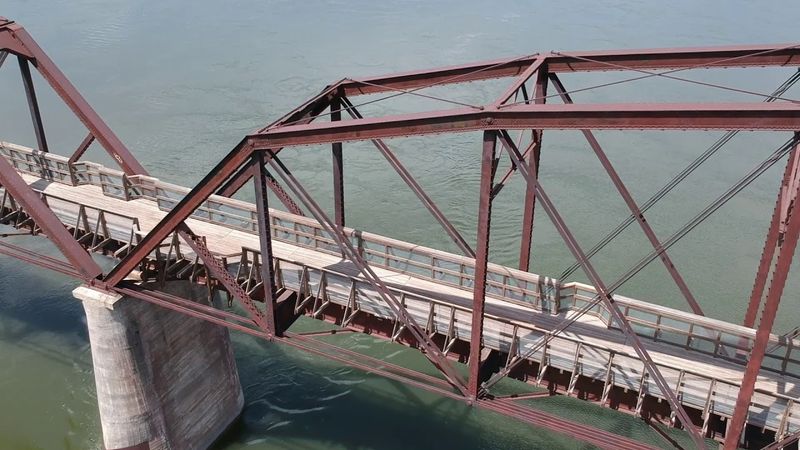
Railroad bridges offer dramatic backdrops that look incredible on Instagram, TikTok, and Facebook. Tourists spot these towering steel structures spanning rivers and canyons, imagining the likes and shares they’ll receive from friends back home.
The temptation becomes too strong to resist, even when warning signs clearly mark the area as private property.
Many visitors don’t realize that railroad companies actively monitor their bridges with cameras and regular patrols. Law enforcement in Idaho works closely with railroad security to protect both the public and critical infrastructure.
When officers catch someone on a bridge, they have no choice but to make an arrest for trespassing.
The desire for unique travel content has created a dangerous trend across the state. Young travelers especially feel pressure to capture that one perfect shot that will stand out in their feed.
Unfortunately, that single photo can result in hefty fines, a criminal record, and a ruined vacation that becomes memorable for all the wrong reasons.
2. Misunderstanding Public Access Rules and Property Rights

Out-of-state visitors often assume that scenic structures in rural areas are open to the public for exploration and recreation.
Coming from places where pedestrian bridges and walkways are common, they don’t recognize the difference between a public trail and private railroad property. This confusion leads to innocent but illegal trespassing that results in arrests throughout Idaho.
Railroad bridges belong to private companies that maintain exclusive rights to their tracks and structures. These companies carry legal responsibility for safety on their property, which means they must enforce strict no-trespassing policies.
Even if a bridge looks abandoned or unused, it remains active infrastructure that trains use on unpredictable schedules.
Local residents understand these boundaries, but tourists may not see any fences or gates blocking access to bridge approaches. They walk right onto railroad property without realizing they’ve crossed into restricted territory.
By the time law enforcement arrives, the damage is done, and officers must follow through with citations or arrests to maintain safety standards and respect property rights across Idaho’s extensive rail network.
3. GPS Navigation Apps Suggest Dangerous Shortcuts

Modern navigation technology sometimes leads travelers astray when apps calculate the shortest route between two points. In remote areas of Idaho, these digital tools occasionally direct people across railroad bridges as convenient shortcuts.
Tourists following their phone’s directions don’t question the route until they find themselves walking on active train tracks.
Mapping software doesn’t always distinguish between roads, trails, and railroad rights-of-way when plotting pedestrian routes. A bridge that appears as a simple line on a digital map might actually be a working rail crossing with no legal pedestrian access. Visitors trust their technology completely, assuming that any suggested path must be safe and legal to travel.
This technological misunderstanding has increased dramatically as more people rely solely on smartphones for navigation during outdoor adventures. Local authorities report that many arrested tourists claim they were simply following GPS directions and had no idea they were trespassing.
While this explanation might seem reasonable, ignorance of the law provides no legal protection, and officers still must enforce trespassing violations to prevent tragic accidents on Idaho’s railroad infrastructure.
4. Underestimating Train Speed and Frequency on Rural Lines
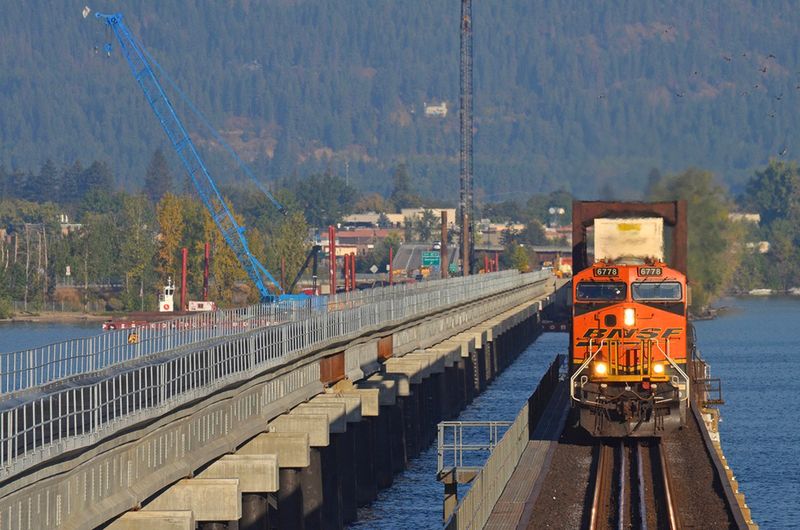
Visitors from urban areas often think rural railroad lines see very little traffic, making a quick crossing seem harmless. They stand at the edge of a bridge, look both ways, and see no trains in either direction. This false sense of security convinces them they have plenty of time to walk across before any train could possibly arrive.
What tourists don’t understand is that trains can appear with shocking speed, and their quiet approach on welded rail gives very little warning. Modern locomotives travel much faster than most people expect, especially on straight sections through Idaho’s valleys.
A train that seems miles away can close the distance in mere minutes, leaving no escape route for someone caught in the middle of a bridge.
Railroad companies schedule freight and passenger service at varying times throughout the day and night. Just because a bridge looks quiet doesn’t mean it’s safe or unused. Law enforcement treats every bridge crossing seriously because they’ve witnessed too many close calls.
Officers arrest trespassers not just to punish them, but to prevent fatal accidents that could happen in the seconds between when someone steps onto the bridge and when a train rounds the bend.
5. Influencer Content Normalizes Illegal Bridge Crossings
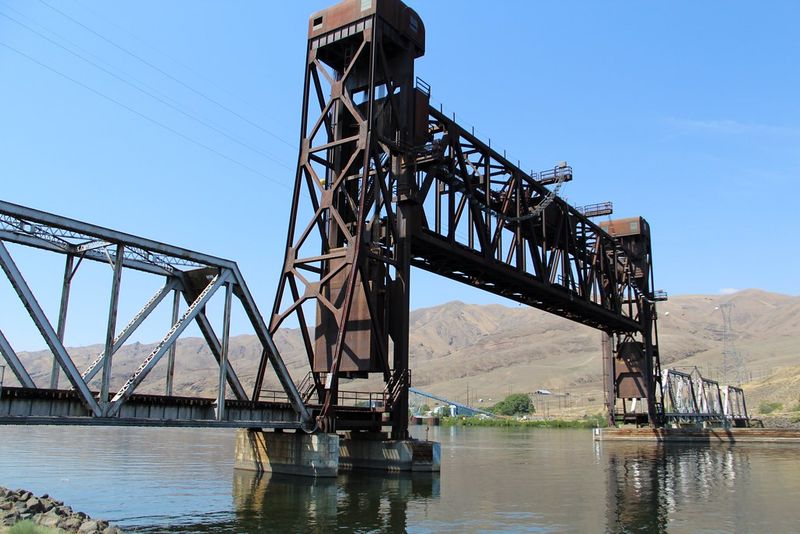
Popular travel bloggers and adventure influencers sometimes share content featuring dramatic railroad bridge crossings without mentioning the legal risks involved.
Their followers see these exciting images and videos, then seek out similar experiences during their own Idaho vacations. This creates a cycle where illegal behavior gets glamorized and repeated by people who don’t realize they’re breaking the law.
Many influencers delete location tags or warnings from their posts, leaving viewers with no context about the dangers or legal consequences. Young travelers arrive in Idaho with a mental checklist of spots they’ve seen online, including specific railroad bridges that have become unofficial landmarks.
They don’t know that the original content creator might have received permission, edited out warning signs, or simply gotten lucky avoiding arrest.
Law enforcement officials across Idaho have noticed patterns where certain bridges attract waves of tourists after appearing in viral content. Officers now monitor popular photography spots more closely, leading to increased arrests.
What looks like a fun adventure online can quickly become a serious legal situation when railroad security or local police catch someone trespassing on active infrastructure that carries both legal protections and genuine safety risks.
6. Historical Bridges Appear Abandoned But Remain Active
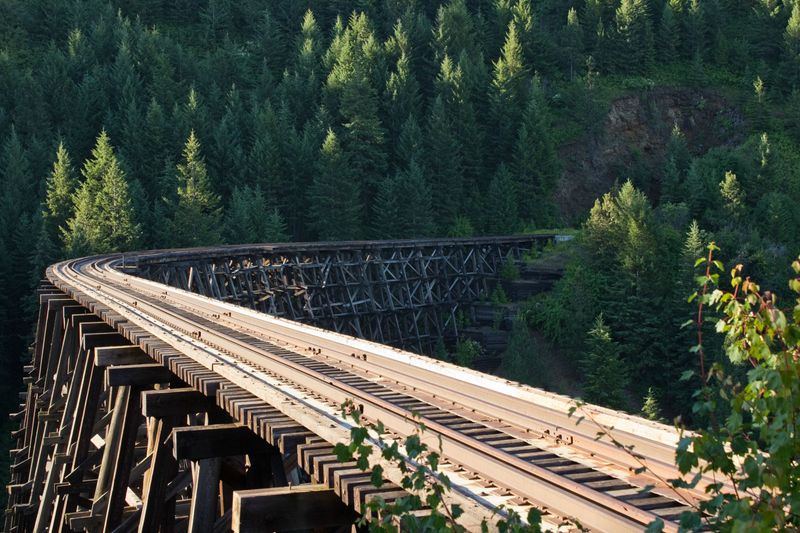
Idaho’s railroad system includes bridges built over a century ago, with weathered wood, rusted metal, and a charming vintage appearance.
Tourists see these historic structures and assume they’re abandoned relics from a bygone era, perfect for exploration and photography. The aged appearance makes them look like public historical sites rather than working transportation infrastructure.
Appearances can be deceiving when it comes to railroad bridges. Many of these seemingly ancient structures still carry regular freight traffic serving Idaho’s agricultural and mining industries. Railroad companies maintain their historic bridges to modern safety standards while preserving their classic looks. Just because a bridge looks old doesn’t mean it’s out of service or safe to visit without permission.
Visitors who wouldn’t dream of trespassing on a modern steel bridge feel differently about a wooden trestle that looks like it belongs in an old Western movie. They climb onto the structure for photos, completely unaware that a train might use it later that same day. When law enforcement arrives, these tourists express genuine surprise that they’ve broken any laws.
Officers must explain that age and appearance have nothing to do with legal status, and arresting trespassers protects both public safety and valuable historical infrastructure still serving Idaho communities.
7. Fishing Access Points Create Confusion About Legal Routes
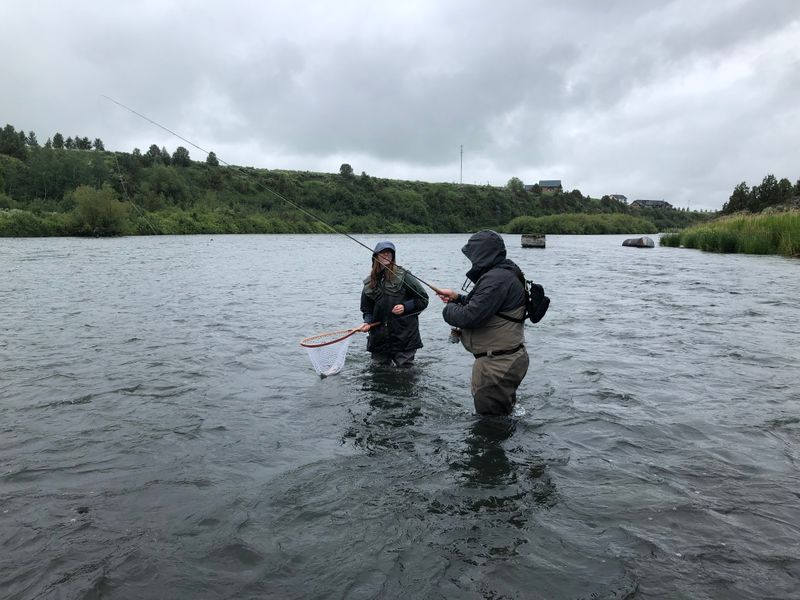
Many of Idaho’s best fishing spots lie beneath or near railroad bridges where rivers flow through scenic gorges. Anglers park at informal access points and follow trails down to the water, sometimes passing very close to bridge structures. Other visitors see these worn paths and assume they indicate legal public access to the bridges themselves.
Local fishermen know exactly where property boundaries lie and respect the difference between riverbank access and railroad property. Out-of-state tourists don’t have this local knowledge and may wander from legal fishing areas onto bridge approaches without realizing they’ve crossed into restricted territory. The natural flow of the landscape makes these boundaries unclear to unfamiliar eyes.
Law enforcement officers patrol these areas regularly because the mixing of recreational access and railroad infrastructure creates frequent violations. They understand that most trespassers have no malicious intent, but ignorance provides no legal defense.
Arrests happen when tourists climb from fishing spots onto bridges for better views or to reach the opposite bank. What seems like a natural extension of their outdoor recreation crosses a clear legal line that protects both visitors and the railroad companies operating critical transportation infrastructure through some of Idaho’s most beautiful wilderness areas.
8. Peer Pressure During Group Adventures Leads to Poor Choices
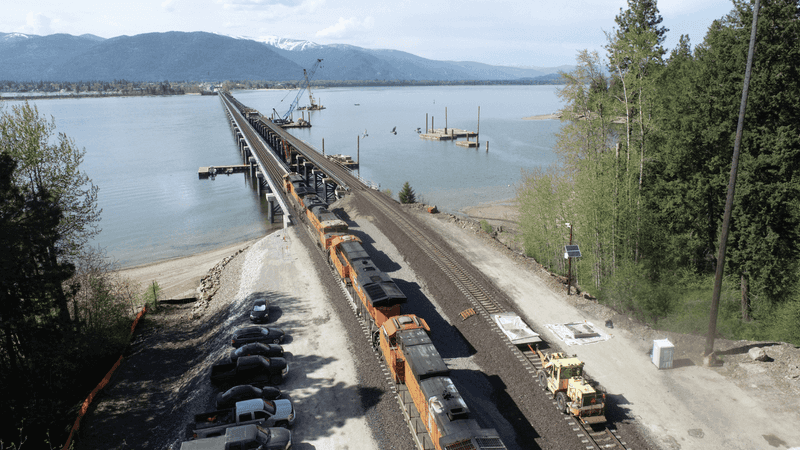
When friends travel together through Idaho’s backcountry, group dynamics can override individual judgment about safety and legality.
One person suggests crossing a railroad bridge as a shortcut or adventure, and others go along despite personal reservations. Nobody wants to be the cautious voice who ruins the fun, so entire groups end up trespassing together.
These group situations often involve young adults on road trips or bachelor parties seeking memorable experiences. The social pressure to participate becomes stronger than any warning signs or internal doubts about whether the activity is legal.
People who would never trespass alone find themselves following friends onto active railroad infrastructure, figuring that if everyone else thinks it’s okay, it must be fine.
Law enforcement officers sometimes arrest entire groups of tourists at once, turning what started as a fun adventure into a serious legal situation affecting multiple people. The consequences multiply when several friends face trespassing charges, fines, and potential criminal records. Officers report that group members often blame each other or claim they were just following along, but legal responsibility applies equally to everyone who chooses to trespass.
These arrests serve as expensive lessons about making independent safety decisions regardless of peer pressure during Idaho vacations.
9. Lack of Visible Security Makes Enforcement Seem Unlikely

Railroad bridges in remote Idaho locations often have no gates, guards, or obvious security measures visible to casual observers. Tourists see these unprotected structures and assume that nobody monitors or cares about trespassing. The absence of physical barriers sends a misleading message that crossing is acceptable, even though it remains illegal and dangerous.
Behind the scenes, railroad companies use sophisticated monitoring systems including cameras, sensors, and regular patrols by railroad police with full law enforcement authority. These security measures work invisibly, allowing companies to detect trespassers and notify local authorities quickly.
What looks like an unguarded bridge actually sits under constant surveillance designed to protect both the infrastructure and potential trespassers from harm.
Visitors who see no immediate consequences for stepping onto a bridge assume they can explore freely without getting caught. They spend time taking photos, making videos, or simply enjoying the views before climbing back down. Minutes or hours later, law enforcement officers arrive with evidence of the trespass captured on security systems.
The arrest comes as a complete shock to tourists who thought their actions went unnoticed. This disconnect between visible security and actual enforcement capabilities leads to many preventable arrests throughout Idaho’s railroad network.
10. Romantic Settings Inspire Spontaneous and Illegal Proposals
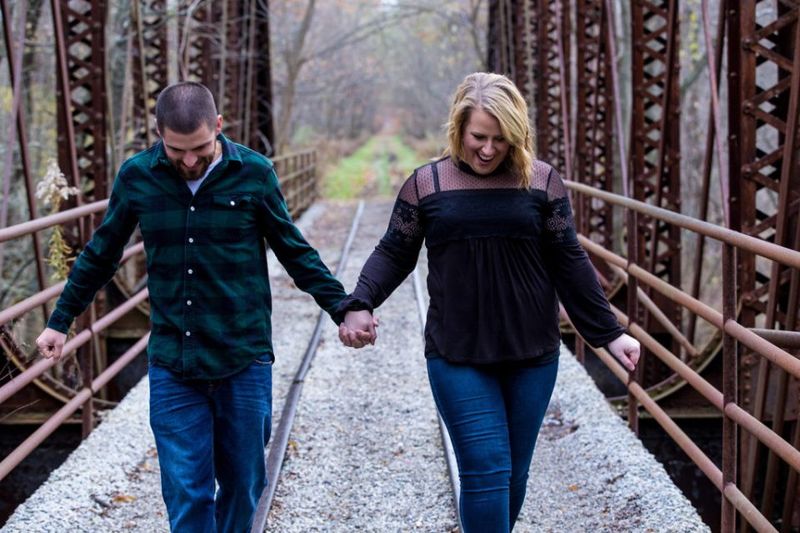
Railroad bridges spanning Idaho’s rivers and canyons create incredibly romantic settings that inspire couples to create special memories.
Some visitors plan surprise proposals on these dramatic structures, imagining a perfect moment high above a rushing river with mountains in the background. The emotional significance of the occasion overrides any concerns about legality or safety.
Couples who would normally respect property boundaries make exceptions for what they consider a once-in-a-lifetime moment. They climb onto bridges with rings, cameras, and sometimes even friends hiding nearby to capture the proposal.
The focus on creating a memorable experience blinds them to warning signs, legal risks, and the danger of standing on active railroad infrastructure.
Law enforcement officers have interrupted numerous marriage proposals over the years, creating awkward and disappointing situations for everyone involved. Instead of celebrating an engagement, couples face trespassing citations or arrests that permanently taint what should have been a joyful memory.
Officers take no pleasure in ruining these moments, but they cannot ignore violations that put people at serious risk. Idaho offers countless legal locations for romantic proposals with equally stunning views. Choosing a railroad bridge transforms a beautiful moment into a legal problem that follows couples home, serving as an expensive reminder that some settings, no matter how perfect they seem, remain off limits for very good reasons.
Dear Reader: This page may contain affiliate links which may earn a commission if you click through and make a purchase. Our independent journalism is not influenced by any advertiser or commercial initiative unless it is clearly marked as sponsored content. As travel products change, please be sure to reconfirm all details and stay up to date with current events to ensure a safe and successful trip.